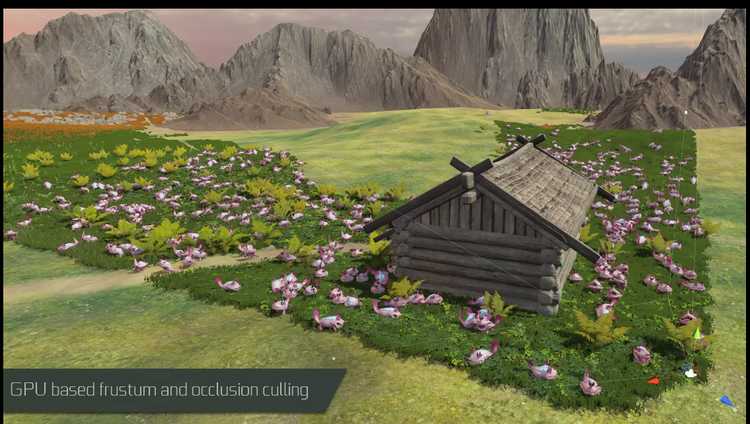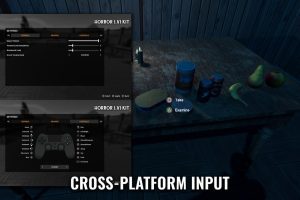Unity – GPU Instancer Crowd Animations U5020


Features
————— ——————
– Indirect GPU instancing with skinned meshes.
– GPU frustum, occlusion and distance culling.
– Compatible with VR. Available in both single-pass and multi-pass rendering modes.
– Supports Standard, LW, HD and Universal rendering pipelines.
– Support for custom shaders (requires manual setup).
– Animation blending (up to 4 animations).
– Support for multiple skinned mesh renderers and submeshes.
– Support for LOD groups (all LOD meshes must use the same rig).
– Bone connections.
– Support root movement.
– Ability to use custom shadow distances per prototype, as well as select the LOD used to render shadows.
– Automatically detects added and removed instances without any additional code.
– Support for rigid bodies and physics.
– Custom animation event system.
– Easy to use interface.
Crowd Animations supports two different animator workflows:
Mecanim Animator:
You can use Unity Mecanim Animator to handle the animation state machine as usual, GPUI will read the animator state from Mecanim Animator. As a result, you can use your existing animators and scripts with Crowd Animations, allowing you to directly combine indirect GPU instancing with all GPUI features such as GPU frustums and occlusion culling. This workflow improves GPU performance while rendering skinned meshes, but is not an ideal solution for CPU-bound projects as Mecanim Animator still creates overhangs for each instance.
Crowd Animator:
You can use Crowd Animator to process animation clips inside the GPU through the GPU Instancer API and determine which animation to play at a given time. This workflow requires you to write your own scripts (or use a visual scripting tool), manually handling animation states – but this workflow also helps to get the most out of GPU Instancer, since Mecanim Animator doesn’t create any overhangs.
Current limitations:
– Animation layering and masks are not supported.
– Does not support inverse kinematics.
– Mobile platforms are not supported.
– Animation blending uses linear interpolation, which means wildly different blended animations can result in incorrect skinning effects.
Supported Platforms:
– DirectX 11 or DirectX 12 and Shader Model 5.0 GPU (Windows)
– Metal (macOS)
– OpenGL Core 4.3 (Windows, Linux)
– Modern Consoles (PS4, Xbox One)




